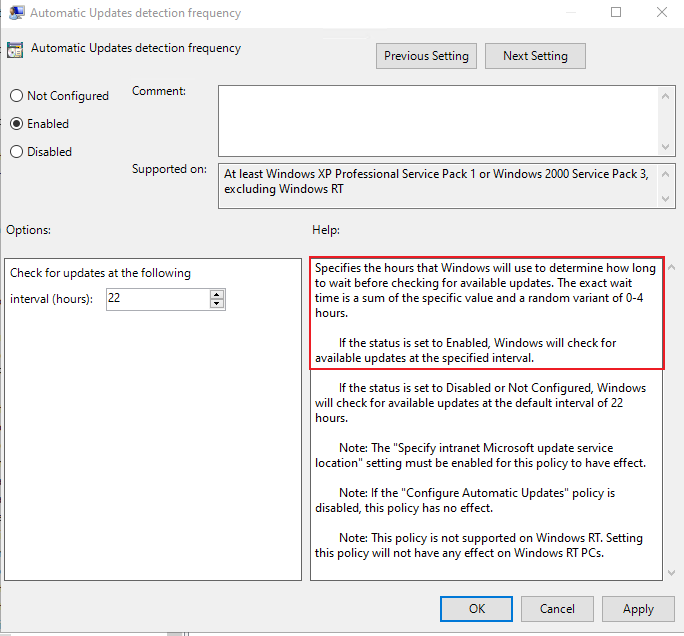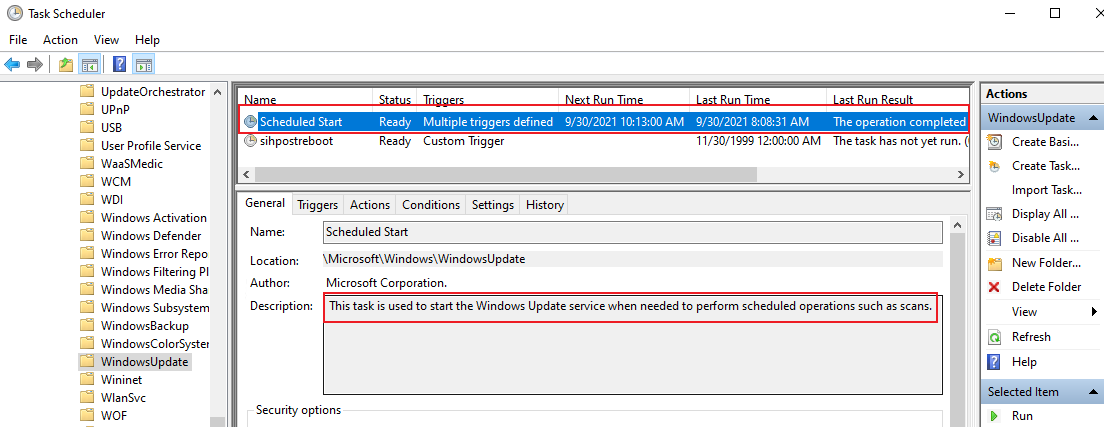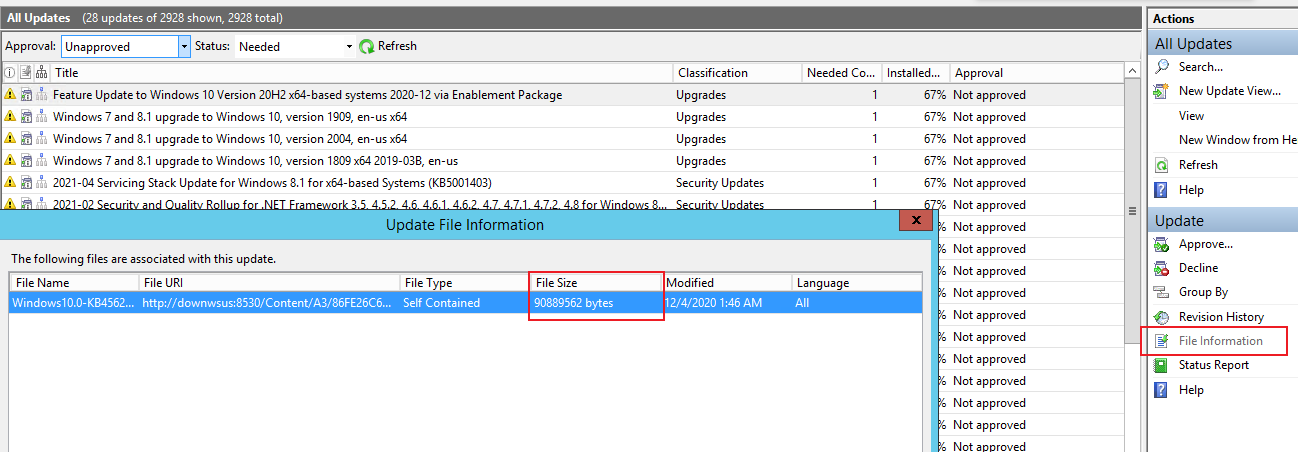
The real answer is you won't notice it with that few clients as long as you're performing the proper WSUS maintenance. 1 Hour is common for those who are using Microsoft Defender definition updates. With <500 clients you shouldn't notice anything at all. I recommend 4 hours (https://www.ajtek.ca/wsus/how-to-setup-manage-and-maintain-wsus-part-4-creating-your-gpos-for-an-inheritance-setup/) but you could do every hour. A single WSUS server can handle thousands of clients when given the right resources and maintenance.
Are you performing the proper WSUS maintenance including but not limited to running the Server Cleanup Wizard (SCW), declining superseded updates, running the SQL Indexing script, etc.?
https://www.ajtek.ca/wsus/how-to-setup-manage-and-maintain-wsus-part-8-wsus-server-maintenance/




